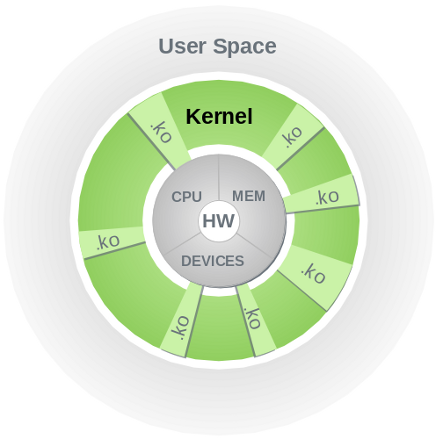

You must have observed in the code that we have linked the driver with this device file by using register_chrdev function.While rehistering we have passed the mojor number, the driver(module name) and the file operations supported by the device file. In order for this driver to cummunicate with the userspace we create a device file by using. * Declaration of the init and exit functions */Ĭhar *memory_buffer int memory_init(void) ssize_t memory_write( struct file *filp, char *buf, Int memory_init(void) /* Structure that declares the usual file */ Ssize_t memory_write(struct file *filp, char *buf, size_t count, loff_t *f_pos) Ssize_t memory_read(struct file *filp, char *buf, size_t count, loff_t *f_pos) For the user, the type of the Device (block or character) does not matter - you just care that this is a hard disk partition or a sound card. Int memory_release(struct inode *inode, struct file *filp) Int memory_open(struct inode *inode, struct file *filp)

#include /* copy_from/to_user */ MODULE_LICENSE("Dual BSD/GPL")
ADDING CHAR DRIVER TO KERNEL LINUX DRIVERS
* Necessary includes for device drivers refer to advanced topic for details */ A module is a specifically designed object file. In this tutorial, we’ll develop a driver in the form of a kernel module. Implement the driver as a kernel module, in which case you won’t need to recompile the kernel. My Part consists of some ideas to the Linux-Hardware interconnection and new concepts that are. There are two ways of a Linux device driver programming: Compile the driver along with the kernel, which is monolithic in Linux.

To understand in details lets write a complete driver code and will see it in details. I added some Parts from Kernel hackers guide (examples).


 0 kommentar(er)
0 kommentar(er)
